
Robert Graves
Robert James Graves (1796–1853): Irish physician, pioneer of bedside teaching, described Graves’ disease, reformed fever care, and influenced modern clinical medicine.

Robert James Graves (1796–1853): Irish physician, pioneer of bedside teaching, described Graves’ disease, reformed fever care, and influenced modern clinical medicine.
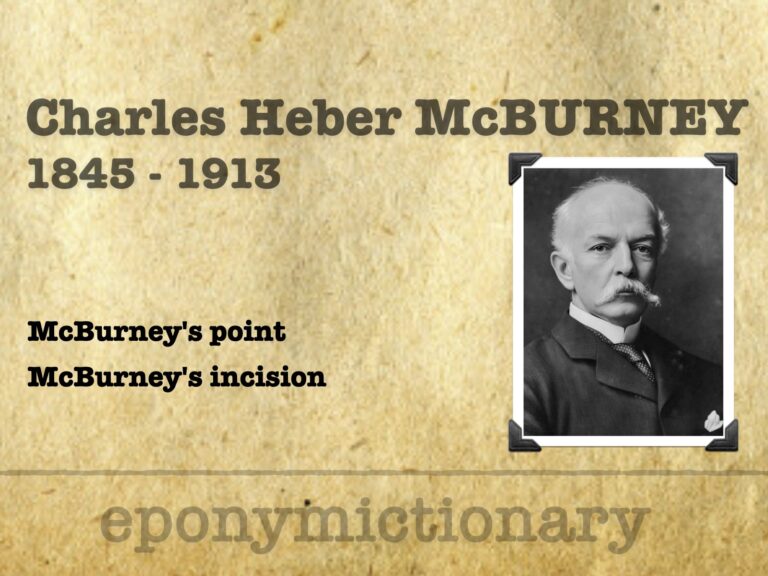
Charles Heber McBurney (1845 – 1913) was an American surgeon. Most famous for McBurney's point (1889) and McBurney's incision (1894) Medical Eponym.
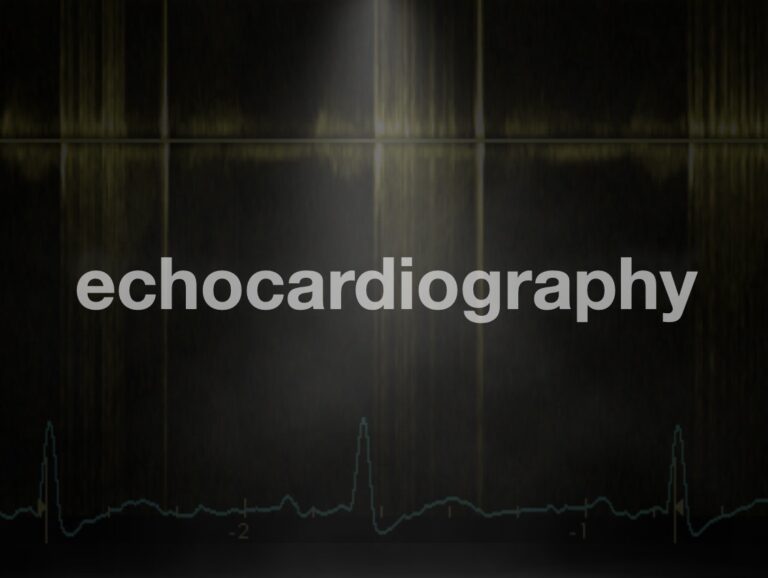
The mitral valve is a dominant structure in most standard echocardiographic views. Understanding its anatomy in each window is essential for accurate assessment.
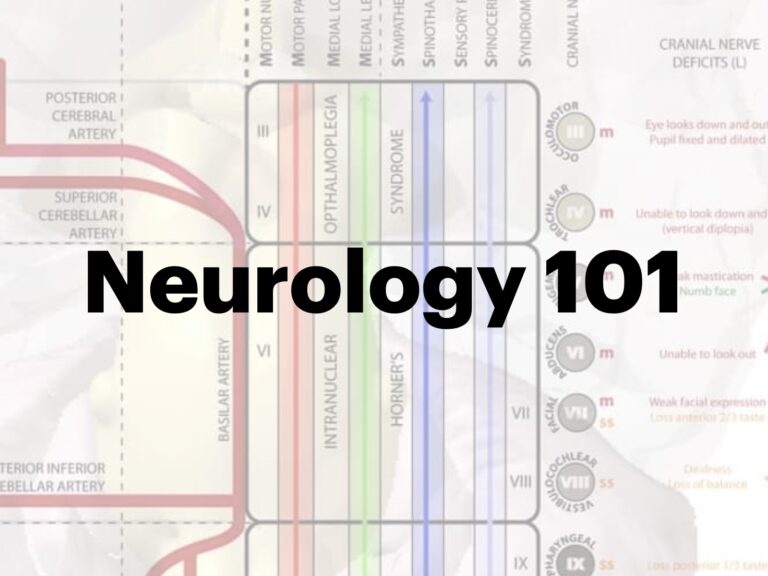
Neuro 101: The primary role of the cerebellum is to modulate the descending fibres of the corticospinal tract. It regulates muscle tone and coordination and controls posture and gait.
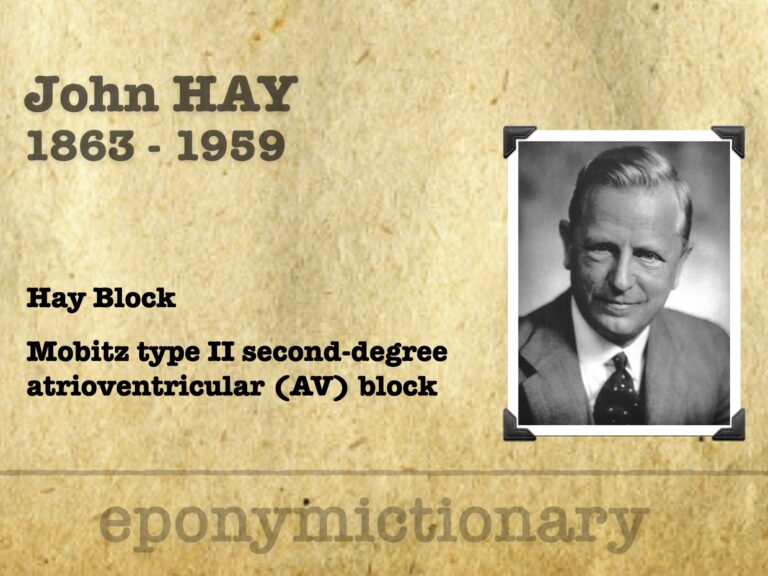
John Hay (1873-1959) English physician first to record second degree atrioventricular (AV) block now better known as Mobitz type II AV block
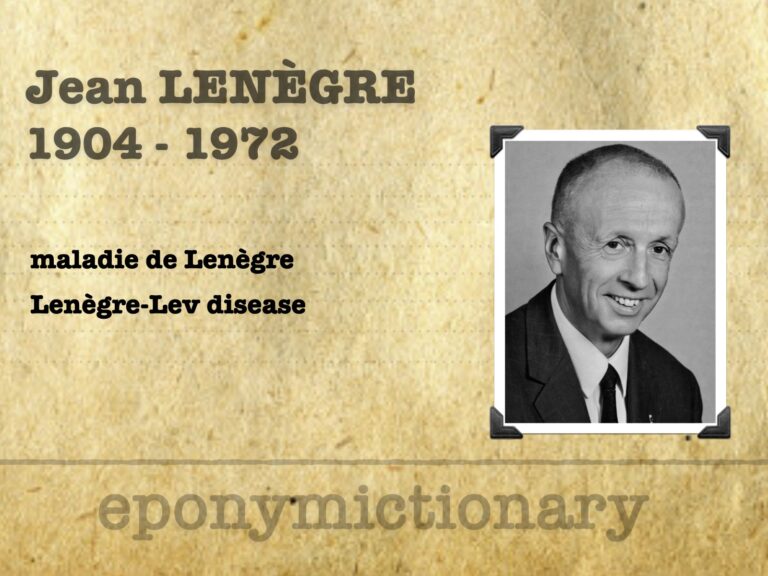
Jean Lenègre (1904–1972), French cardiologist, defined Lenègre’s disease and pioneered cardiac electrophysiology, catheterization, and bundle branch pathology
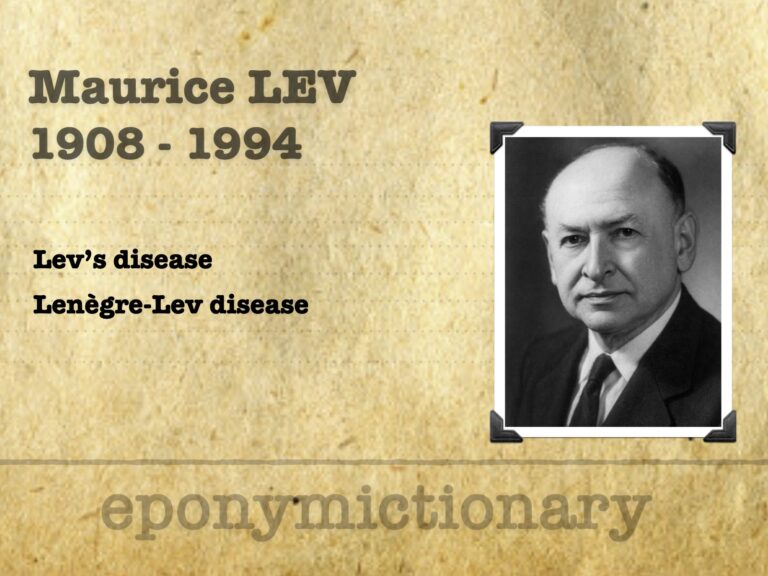
Maurice Lev (1908–1994), pathologist and teacher, defined Lev’s disease and advanced cardiac conduction and congenital heart pathology through over 500 publications
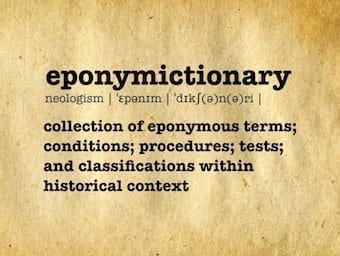
Stokes-Adams syndrome is an abrupt, transient loss of consciousness due to a sudden but pronounced decrease in the cardiac output
Robert Adams (1791–1875), Dublin physician, first described Adams–Stokes syndrome and pioneered clinical-pathological correlation in heart disease

John Cheyne (1777–1836), Irish physician, co-described Cheyne-Stokes respiration, advanced clinical neurology, and linked pupils to brain injury

Cheyne-Stokes respiration is a cyclical breathing pattern of apnoea and hyperpnoea, seen in heart failure, brain injury, and end-of-life settings.
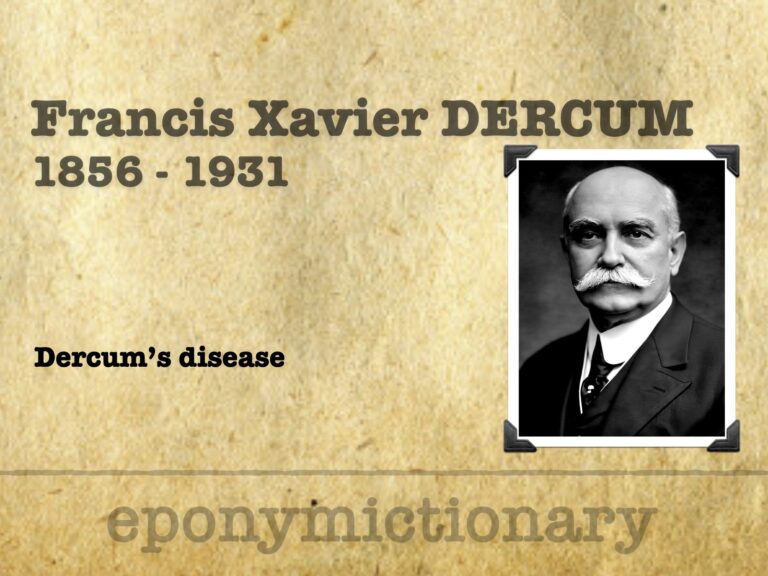
American neurologist Francis Xavier Dercum (1856–1931), first described Dercum’s disease; pioneer in neurology, psychiatry, and medical education.